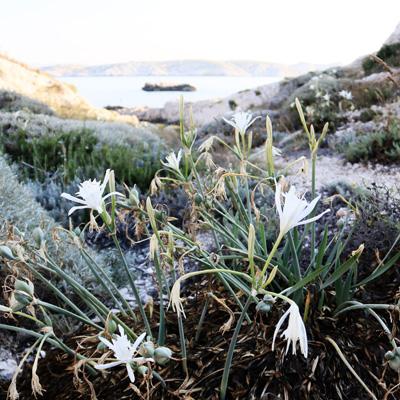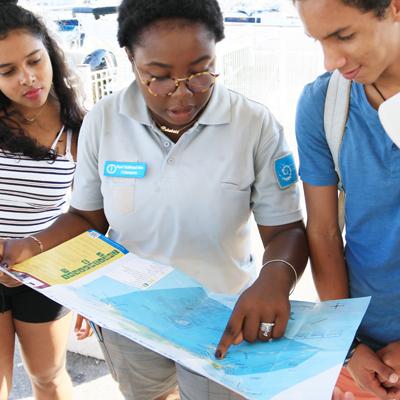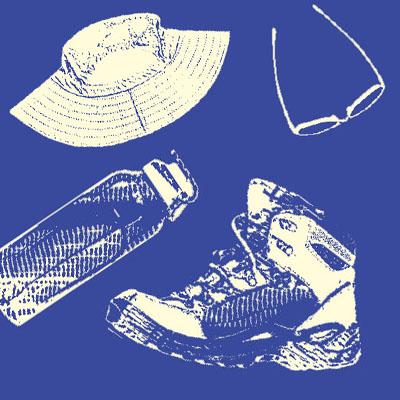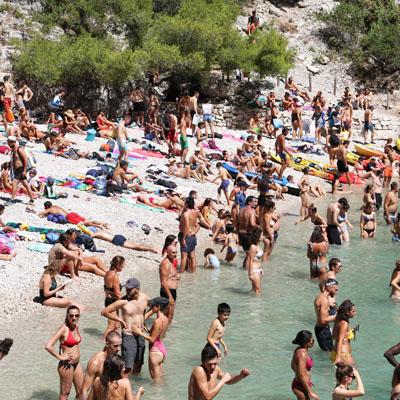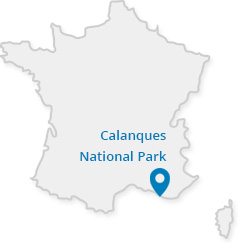A protected area that needs protection
The Calanques National Park is a protected natural area. Specific guidelines apply. Visitors must read and respect them.
Apart from the guidelines, the environmental emergency means we must all protect nature in any way we can. Take part in preserving the Calanque's flora and fauna by picking up waste found on trails, reducing plastic consumption, and staying on marked paths.
Prepare before heading out:
Social media features countless photos of our stunning coves, but they don't show the long walk required to reach the Calanques.
Before heading out, study your itinerary in the My Calanques app or on an official IGN map. NEVER underestimate the difficulty of the trails. There are often significant differences in altitude and tricky passages. Also take into account the hot, dry, and very sunny climate, especially in summer.
Don't forget fire danger! From 1 June to 30 September, the decision to close the national park can be made at any time. Click here for more information.
Survival in the Calanques
Having the right gear on the trails is important: sturdy footwear, sun protection, and at least 1.5 litres of water per person per half-day walk, even more in hot weather and for longer walks. Please do not disregard these recommendations: every year the emergency services save wounded, dehydrated, and exhausted visitors.
You won't find freshwater, toilets, shops, or waste bins on your trail or on the beaches. Take your rubbish with you and sort it when you are back in town.
...and survive the crowds!
If you are visiting the Calanques in spring and summer, prepare yourself for the crowds. Some of the most popular sites are bombarded with visitors. They include Marseilleveyre, Sormiou, Sugiton, En-Vau and Port-Pin, and the Frioul archipelago.
If you don't mind crowds, be friendly with other visitors. Please stay on the paths and do not venture into areas marked by posts and wiring where plant regeneration is underway.
If you'd rather avoid the crowds, visit in autumn or winter, on weekdays, or during term time.




